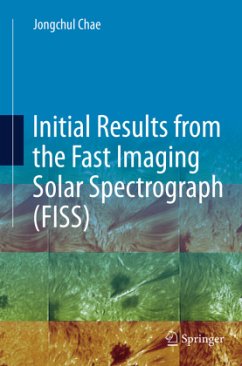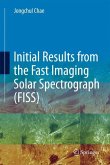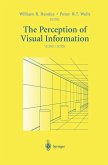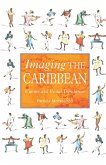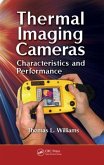Describes the instruments and initial results of the Fast Imaging Solar Spectrograph (FISS) at the Big Bear Solar Observatory.
This collection of papers describes the instrument and initial results obtained from the Fast Imaging Solar Spectrograph (FISS), one of the post-focus instruments of the 1.6 meter New Solar Telescope at the Big Bear Solar Observatory. The FISS primarily aims at investigating structures and dynamics of chromospheric features. This instrument is a dual-band Echelle spectrograph optimized for the simultaneous recording of the H I 656.3 nm band and the Ca II 854.2 nm band. The imaging is done with the fast raster scan realized by the linear motion of a two-mirror scanner, and its quality is determined by the performance of the adaptive optics of the telescope.
These papers illustrate the capability of the early FISS observations in the study of chromospheric features. Since the imaging quality has been improved a lot with the advance of the adaptive optics, one can obtain much better data with the current FISS observations.
This volume is aimed at graduate students and researchers working in the field of solar physics and space sciences.
Originally published in Solar Physics, Vol. 288, Issue 1, 2013, and Vol. 289, Issue 11, 2014.
This collection of papers describes the instrument and initial results obtained from the Fast Imaging Solar Spectrograph (FISS), one of the post-focus instruments of the 1.6 meter New Solar Telescope at the Big Bear Solar Observatory. The FISS primarily aims at investigating structures and dynamics of chromospheric features. This instrument is a dual-band Echelle spectrograph optimized for the simultaneous recording of the H I 656.3 nm band and the Ca II 854.2 nm band. The imaging is done with the fast raster scan realized by the linear motion of a two-mirror scanner, and its quality is determined by the performance of the adaptive optics of the telescope.
These papers illustrate the capability of the early FISS observations in the study of chromospheric features. Since the imaging quality has been improved a lot with the advance of the adaptive optics, one can obtain much better data with the current FISS observations.
This volume is aimed at graduate students and researchers working in the field of solar physics and space sciences.
Originally published in Solar Physics, Vol. 288, Issue 1, 2013, and Vol. 289, Issue 11, 2014.

